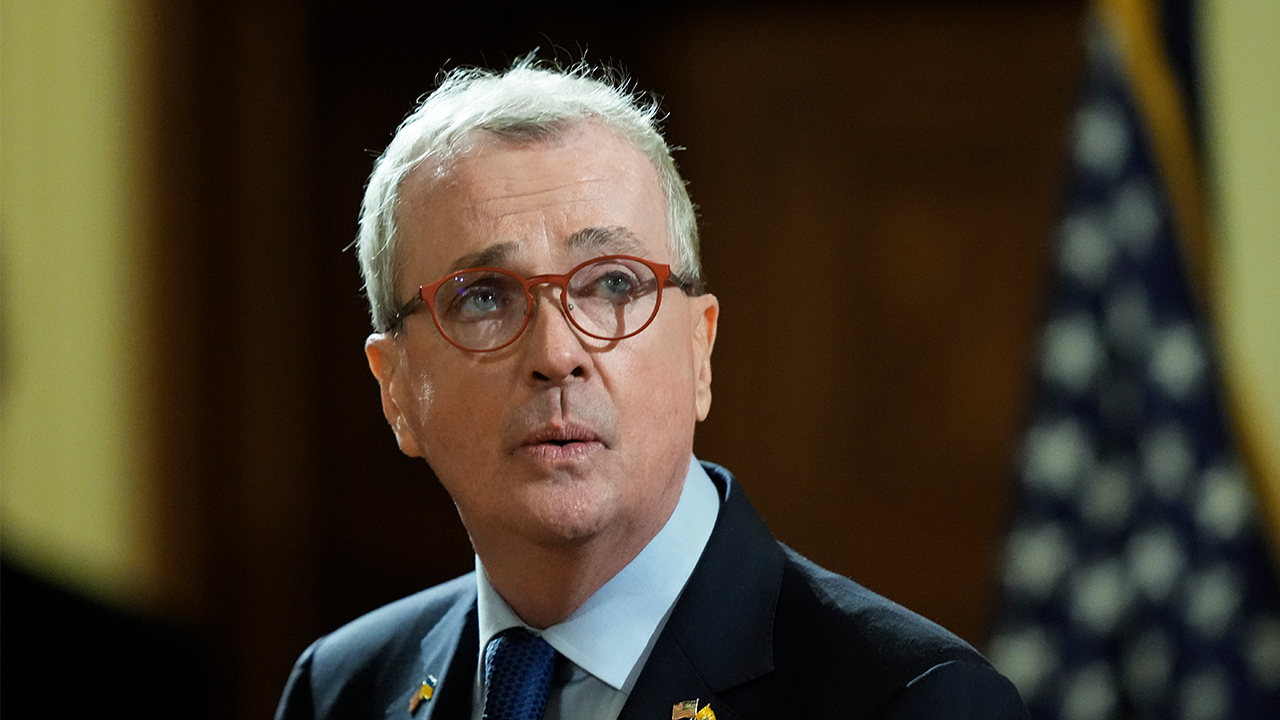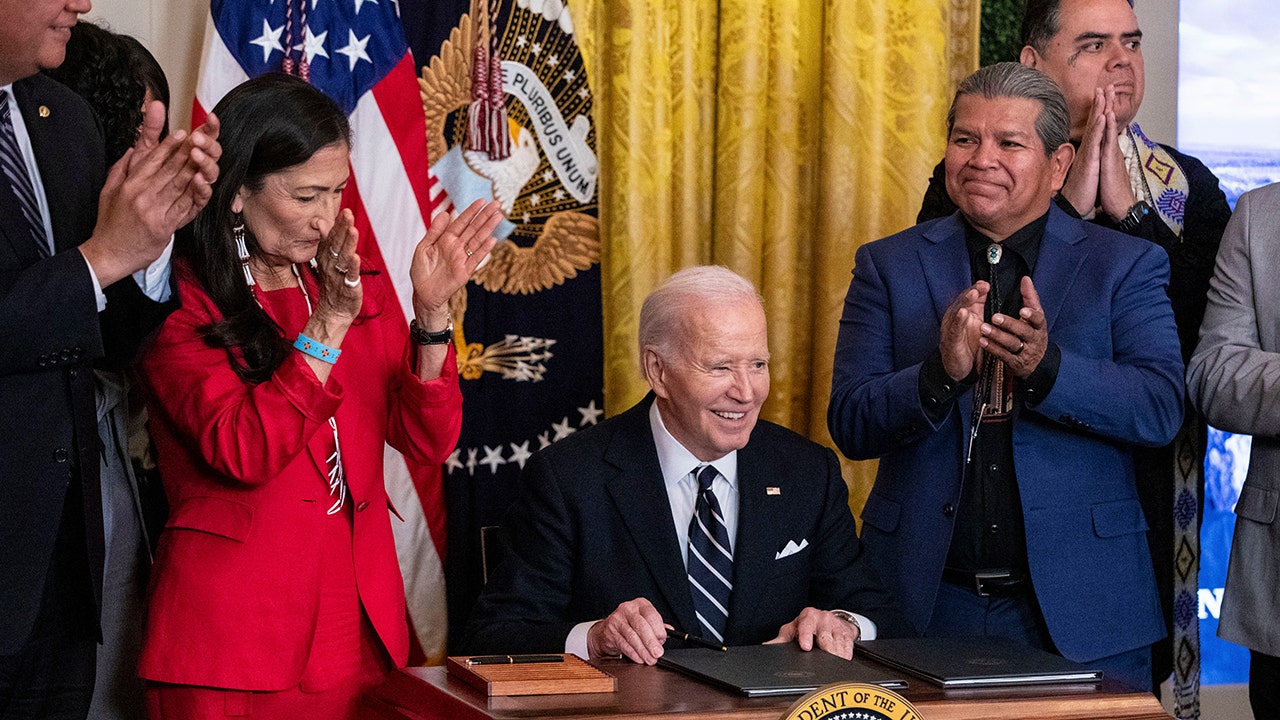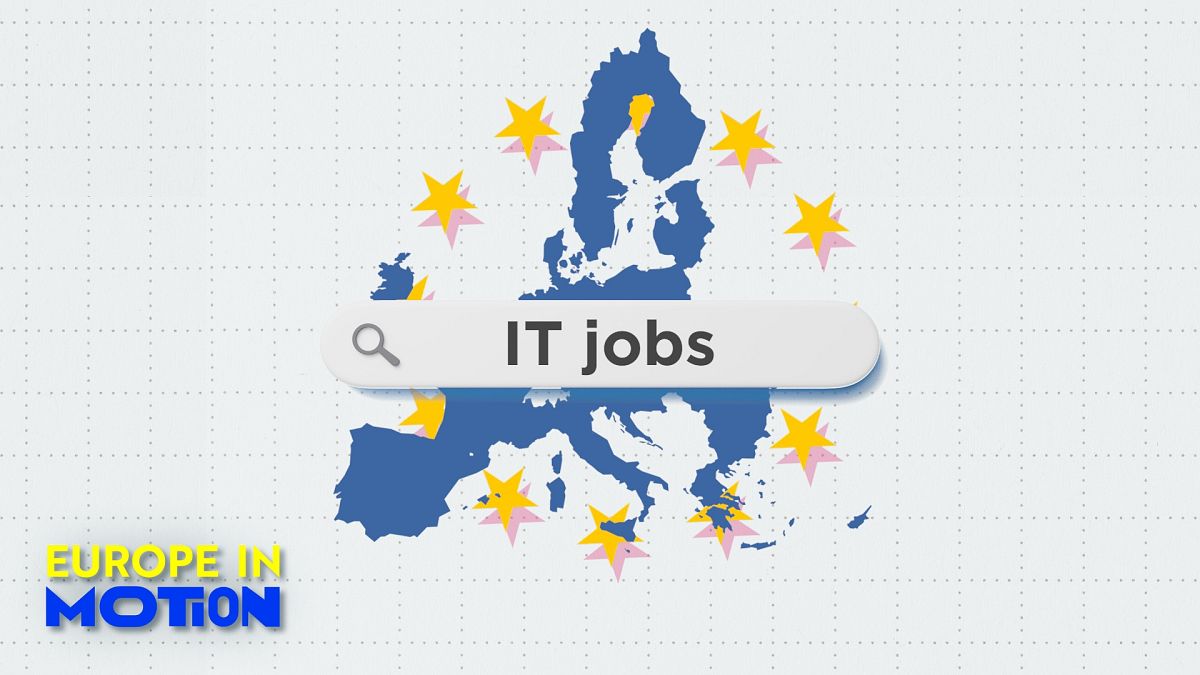Sports
Charles Barkley says 'petty jealous' WNBA players 'f—ed up' Caitlin Clark excitement
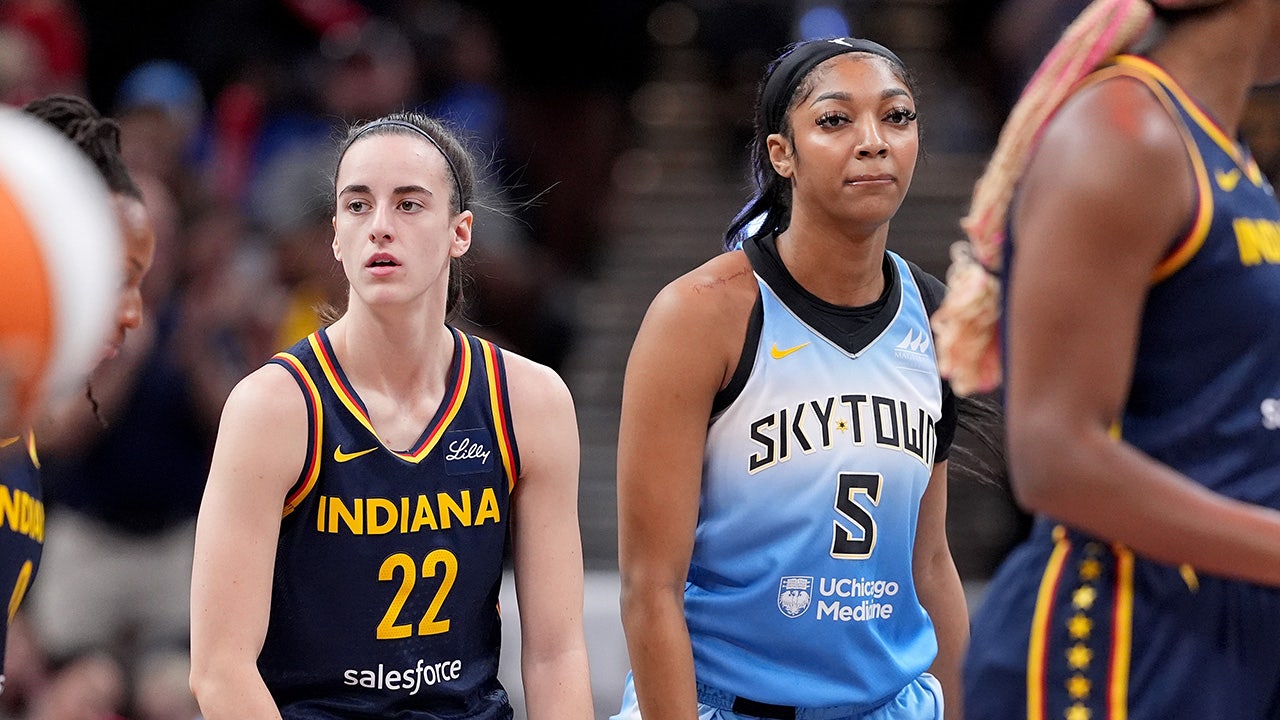
Caitlin Clark’s rookie season has involved a booklet of broken records, a dramatic franchise turnaround for the Indiana Fever and hordes of new fans to the WNBA.
However, it has also been shrouded in controversial fouls, feuds with rival players and widespread criticism from former and current players of unwarranted favoritism toward Clark.
Basketball Hall of Famer Charles Barkley spoke out against the players who have undermined the positive attention Clark’s rookie season has brought to the WNBA this year during an appearance on the “Bill Simmons Podcast” on Wednesday.
“These ladies, and I’m a WNBA fan, they could not have f—ed this Caitlin Clark thing up even worse if they tried,” Barkley said on the show.
Clark led the Fever to its first playoff berth in eight seasons on Tuesday, breaking the WNBA’s longest postseason drought. She is averaging 18.7 points, 5.6 rebounds and a league-leading 8.4 assists, breaking multiple league records in each of her last three games.
“This girl is incredible,” Barkley said of Clark. “The number of attention, eyeballs, she’s brought to college and the pros, and for these women to have this petty jealousness. You’re saying to yourself, ‘Damn, what is going on here?’”
Clark has been on the receiving end of several questionable fouls this year, and the most notable came against the Chicago Sky.
Diamond DeShields, #0 of the Chicago Sky, runs into and is charged with a flagrant foul against Caitlin Clark, #22 of the Indiana Fever, at Wintrust Arena on Aug. 30, 2024 in Chicago. (Michael Hickey/Getty Images)
On Friday, Chicago Sky player Diamond DeShields sent Clark flying across the floor for a foul that was later upgraded to flagrant-1. After the game, DeShields posted a screenshot of her notifications list on Instagram, which included a string of hate comments from a user.
Clark took an infamous illegal hip check from Chicago Sky forward Chennedy Carter on June 1. Carter then refused to answer questions about the incident at the postgame press conference but used her social media to repeatedly criticize Clark.
Clark took another questionable hit to the head from Sky rookie and longtime college rival Angel Reese on June 16.
Sky coach Theresa Witherspoon even called out Clark publicly to the media, saying “nobody talks more crap than Caitlin” to reporters on June 27.
ESPN women’s basketball broadcaster Holly Rowe told Fox News Digital last month that the harsh physical reception by Clark is good for the WNBA, because “it’s supposed to be salty.”
Barkley also called out WNBA personalities on television who have “slandered” Clark this year.
“People believe what we say on television. Just because people don’t like you or your personality, they can’t get on TV and slander you,” Barkley said.
WNBA ICON SHERYL SWOOPES EXPLAINS FALSE CAITLIN CLARK STATEMENTS, SPEAKS OUT AGAINST EX-FRIEND NANCY LIEBERMAN

College basketball analyst Charles Barkley on air before the NCAA Men’s Basketball Tournament Final Four championship game. (Mitchell Layton/Getty Images)
Barkley did not cite anyone by name. However, his comments come amid a whirlwind of controversy currently surrounding WNBA Hall of Famer and current Dallas Wings broadcaster Sheryl Swoopes.
Swoopes infamously made questionable statements about the length and statistics of Clark’s college career, during an appearance on “Gil’s Arena” podcast in February.
While discussing the topic of how Clark broke the NCAA’s all-time basketball points record in her senior year in 2023, Swoopes suggested Clark played five college seasons and took over 40 shots per game. Swoopes was also criticized for a comment that included the phrase “25-year-old playing against 20-year-olds,” during a discussion about Clark’s college success, but Swoopes did not directly implicate Clark being older than her listed age.
Swoopes posted screenshots on X of alleged messages with Clark apologizing to the rookie for the false statements, and held an X spaces on Tuesday to say that the statements were a result of confusion over the COVID-19 pandemic lengthening the college careers of other athletes.
Swoopes was recently absent from her broadcasting duties for Clark’s game against the Wings on Sunday.
ESPN’s Stephen A. Smith said that Swoopes was removed from the broadcast due to her personal feelings toward Clark, during a recent episode of “The Stephen A. Smith Show.”
On Wednesday, the Fever will look to move up the playoff standings as they start a six-game homestand with a game against the Los Angeles Sparks. Their season ends with the Washington Mystics on Sept. 19.
During Swoopes’ absence from the broadcast booth on Sunday, Clark put up 28 points and 12 assists to lead Indiana to its fourth straight win and six in its last seven games. Clark scored the 595th point of her career, surpassing WNBA legend Tamika Catchings for the most in a single season by a rookie in Fever history. She finished with 617 points as Sunday’s game ended.
Clark has seemed to break a landmark record in every game she has played in recently.
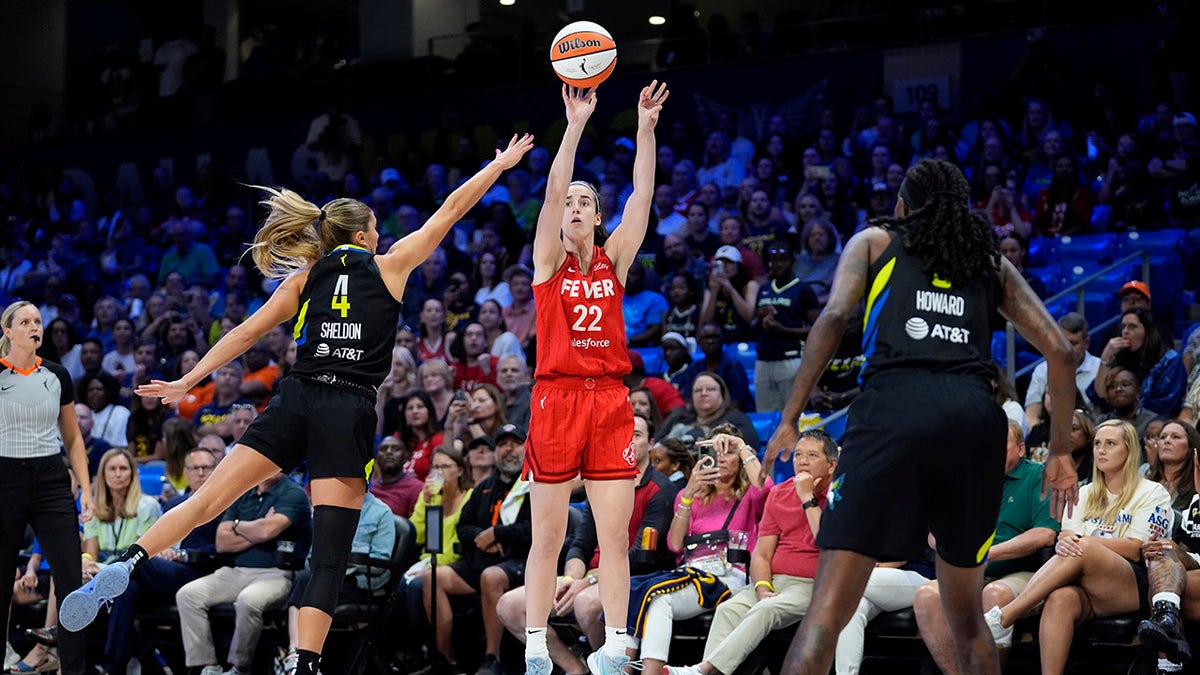
Indiana Fever guard Caitlin Clark, #22, shoots as Dallas Wings’ Jacy Sheldon, #4, and Natasha Howard, right, defend in the first half of a WNBA basketball game on Sunday, Sept. 1, 2024, in Arlington, Texas. (AP Photo/Tony Gutierrez)
In Friday’s game against the Sky, Clark had the first 30-point, 12-assist game in WNBA history while becoming just the fifth player, and first rookie, to record at least 30 points and 10 assists in a game. On top of that, Clark now has 12 double-doubles, which breaks the WNBA record for most double-doubles by a guard in a single season.
Just three days before that, Clark set the record for most made 3-pointers by a rookie, surpassing the mark initially set by the Atlanta Dream’s Rhyne Howard. She was 3-of-12 from downtown and finished with 19 points, five rebounds and five assists as Indiana picked up its 15th win.
That same night, she also became the first WNBA player to have at least 15 points, five rebounds and five assists in six consecutive WNBA games. It was her 10th straight game with at least 15 points and five rebounds, which put her in the elite club with Diana Taurasi as the players who have hit the mark.
Follow Fox News Digital’s sports coverage on X, and subscribe to the Fox News Sports Huddle newsletter.

Sports
With Mike Vrabel and Drake Maye, Patriots have one of NFL’s better coach-QB pairings

FOXBORO, Mass. — Mike Vrabel has a plan for Drake Maye. For the young quarterback, who’s coming off a promising rookie season, it’s less about specific footwork and not really — at least yet — about reads, processing or mechanics.
Vrabel, officially now the head coach of the New England Patriots, has been around enough quarterbacks to know what success at that position should look and sound like. And that’s where he thinks he can most help the 22-year-old Maye.
“Drake is going to be his own person, but I’m going to give him some things that I feel like are necessary to help us win football games,” Vrabel said during his introductory news conference Monday.
Left unsaid during the pomp of Vrabel’s big day is what his presence next to Maye solidifies. Even if the Patriots have plenty of other issues that require fixing, they believe they have their coach and quarterback for years to come, the most important pairing in professional sports. They haven’t had that since at least Mac Jones’ rookie season (with Bill Belichick) in 2021, perhaps since Tom Brady had a locker at Gillette Stadium.
In a league that’s all about the head coach and quarterback, it’s OK that the Patriots’ to-do list is long and difficult. Nothing really matters until you have the right coach and quarterback. Now the Patriots feel they have both.
GO DEEPER
Mike Vrabel isn’t selling any Patriots glory. He’s playing defense against it
There’s a long way to go for both Vrabel and Maye to make this work the way the Patriots envision, but it’s also fair to note there are probably not too many other coach-quarterback pairs you’d no doubt take over Vrabel and Maye for the next five years. That’s not to anoint them the second coming of Belichick and Brady. But it’s the one reason that amid so many other issues, there’s a lot of optimism right now in New England.
“Put great people around him,” Vrabel said of his plan for Maye. “I would say that my involvement will be as it relates to game management and situational awareness and where we are on the football field and trying to develop him as a leader of the offense. When a quarterback calls the play, you want to say it like everybody’s going to believe that it’s going to score a touchdown — like with that type of emphasis on how everything is going to operate.”
Mike Vrabel on developing @DrakeMaye2 and the Patriots offense. pic.twitter.com/k3gisgBG97
— New England Patriots (@Patriots) January 13, 2025
It sounds wild given how bad the Patriots have been the last few years and the state of the roster, but there probably aren’t many pairings more promising over the next five years than Vrabel and Maye. The Chiefs, Bengals, Bills, Ravens, Chargers and 49ers have solid arguments for a better pairing. But the Patriots could be in the next tier with the Texans, Eagles and Lions.
Perhaps one of the slights on the duo could be that Vrabel’s passing offenses with the Titans never put up gaudy numbers. During their 11-win season in 2020, they ranked 23rd in passing yards. When they won 12 games the next year, they ranked 25th. But that would ignore their efficiency. In those two years, they ranked third and sixth in passing success rate.
For his part, Vrabel tried to put to rest the concerns that he’s always had run-first offenses, which doesn’t seem ideal for a promising young quarterback.
“We have to be a very efficient passing football team,” Vrabel said. “When you look at statistically what wins in the National Football League, our ability to affect the other team’s quarterback and our ability to provide for an efficient quarterback and passing game is a high contributor to success.”
Of course, Maye’s development is going to be largely pinned on whomever Vrabel picks as his offensive coordinator.
Vrabel said that decision isn’t close to being made yet and that the Patriots will do a full search to fill out their coaching staff.

GO DEEPER
New Patriots coach Mike Vrabel will have his pick of offensive and defensive coordinators
“That’s far from solidified,” he said. “We want to put the best, (most) talented coaches in front of our players. … I want the players to embrace what every coach is teaching. I will tell you this, as long as I’m the head coach here, our coaches will have three simple jobs — and they sound simple, but they’re probably not as simple as we want to make them be. They want to teach, they want to develop and they want to inspire our players by making a connection.”
On this day, a celebratory one in front of a slew of microphones and cameras, Vrabel seemed to have all the right details and answers down to the three tasks for his assistant coaches.
On Day 1, he brought stability and respectability to a franchise badly in need of it. And in the process, he’s paired now with Maye to give the Patriots assurances at the two most important spots in building an NFL team.
(Photos: Eric Canha and Mark J. Rebilas / Imagn Images)
Sports
Chiefs' Travis Kelce responds to NFL postseason-related question with Taylor Swift lyric
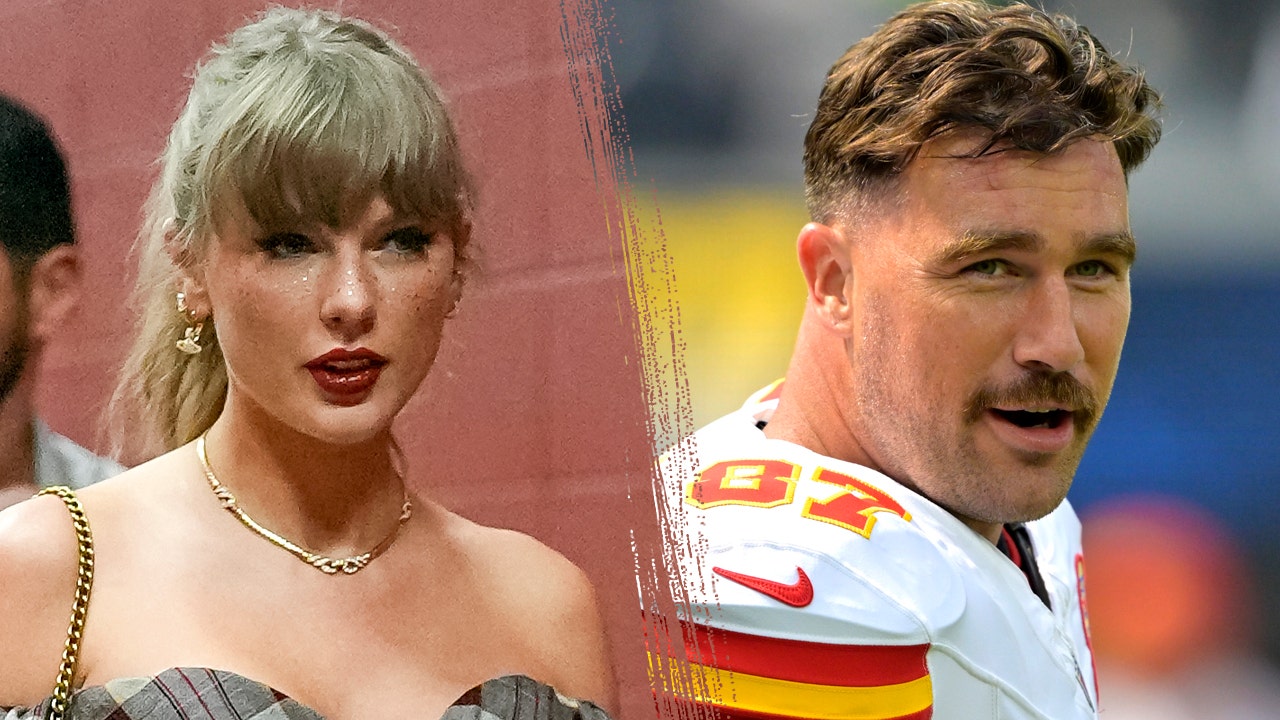
The Kansas City Chiefs’ quest for an unprecedented third consecutive Vince Lombardi Trophy begins in earnest on Saturday when they welcome the Houston Texans to Arrowhead Stadium for a playoff game.
The Texans upset the Los Angeles Chargers in the wild-card round over the weekend, which punched their ticket to the divisional round. Travis Kelce, 35, has been in the NFL for more than a decade, but the Chiefs star tight end told ESPN’s Pat McAfee he still feels like he has the energy of a young athlete.
Kelce actually mentioned a specific number — 22 — when he was asked about how he felt as the Chiefs head into the playoffs. “22” is also the title of one of pop star Taylor Swift’s songs from her album “Red.”
Taylor Swift and Travis Kelce in a split photo. (IMAGN)
“I don’t know about you, but I’m feeling 22,” he said in a nod to one of the song’s lyrics this week during an appearance on “The Pat McAfee Show” this week.
Kelce and Swift have been romantically linked for more than a year, with the singer making routine appearances at Chiefs games since the 2023 season.
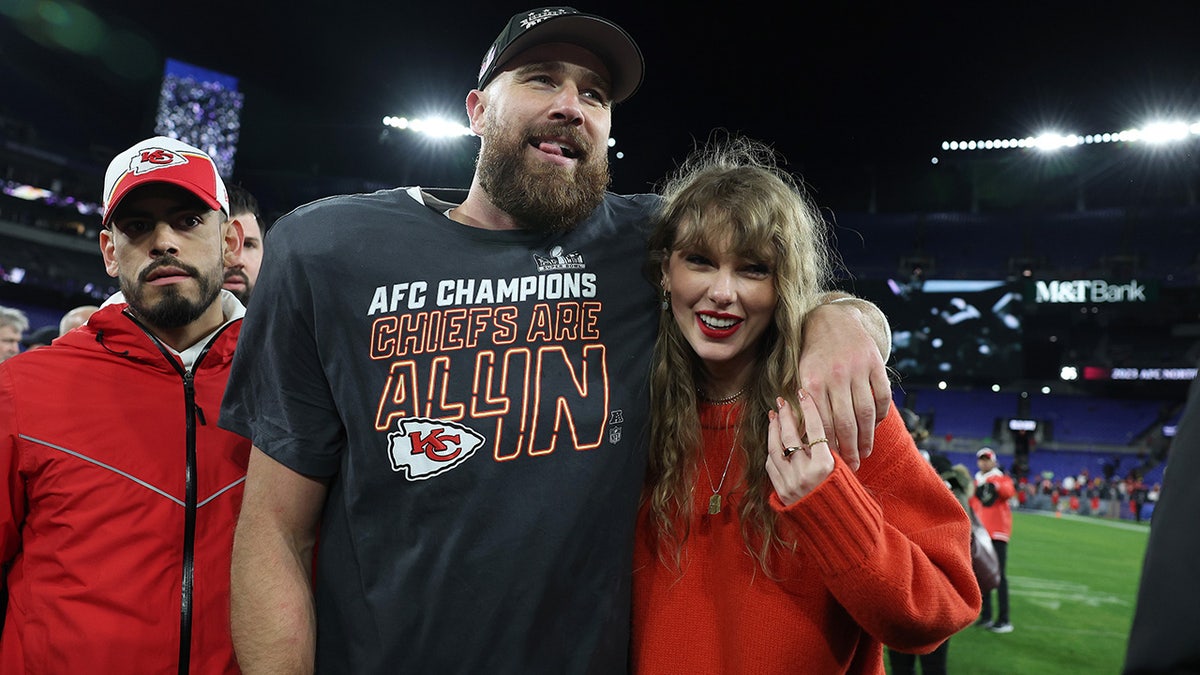
Taylor looked lucky in love as she supported Travis Kelce following his big win at the AFC Championship game. (Patrick Smith)
Kelce was recently named to his 10th consecutive Pro Bowl. But, he likely hopes to skip the event and in favor of competing in the Super Bowl in New Orleans.
TRAVIS KELCE RECEIVES MOST FAN VOTES FOR 2025 PRO BOWL
Although Kelce fell short of the coveted 1,000 receiving yards mark this past regular season, he appeared to round into playoff form as the year progressed.
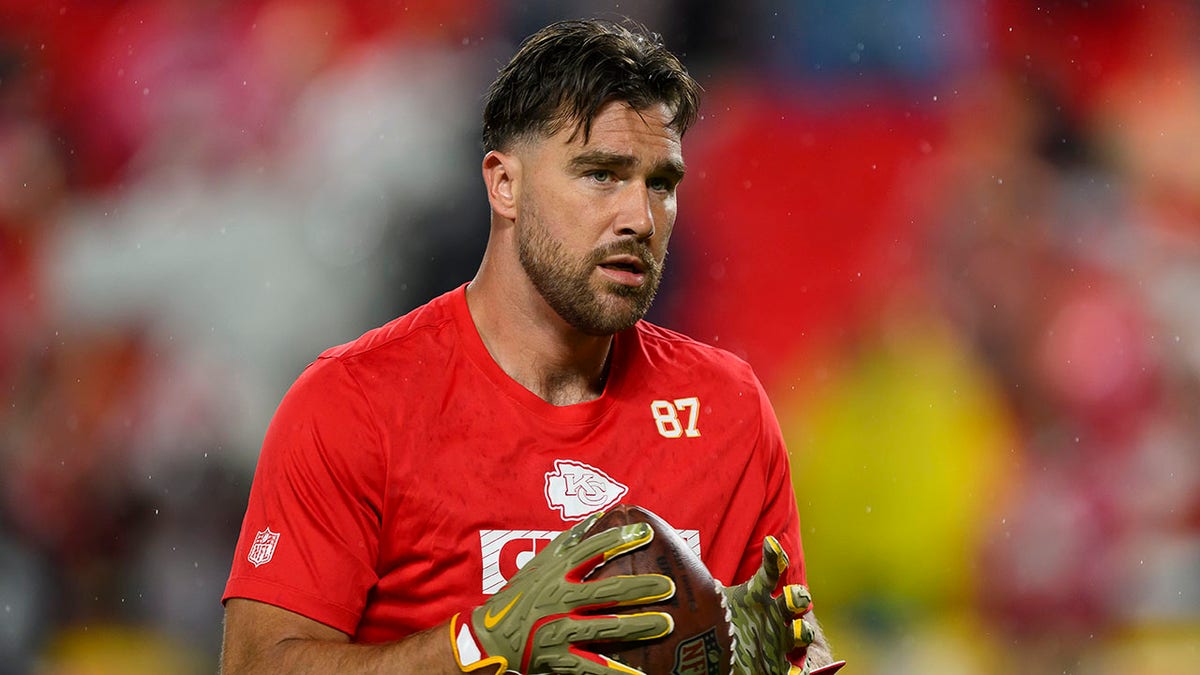
Kansas City Chiefs tight end Travis Kelce after making a catch during warmups before an NFL football game against the Tampa Bay Buccaneers, Nov. 4, 2024, in Kansas City, Mo. (AP Photo/Reed Hoffmann, File)
He finished the Chiefs’ Christmas Day victory over the Pittsburgh Steelers with 84 receiving yards and a touchdown reception.
Kelce has been a key part of three Super Bowl winning teams, including the Chiefs win over the Philadelphia Eagles in Super Bowl LVII and last year’s title run. No NFL team has ever won three consecutive Super Bowl titles.
Follow Fox News Digital’s sports coverage on X, and subscribe to the Fox News Sports Huddle newsletter.
Sports
Rams to have 'sense of urgency' in slowing Saquon Barkley, Eagles

It was an embarrassing defeat, a night when Philadelphia Eagles running back Saquon Barkley dominated the Rams.
On Nov. 24, Barkley rushed for 255 yards and scored on runs of 70 and 72 yards in a 37-20 victory over the Rams at SoFi Stadium.
The defeat marked a turning point for the Rams.
Coach Sean McVay challenged his players to give their best effort over the final 39 days of the season. The Rams reeled off five consecutive victories before McVay rested starters in a season-ending loss to the Seattle Seahawks.
“When you have humbling experiences, with the right kinds of people, those are where the real growth [opportunities] exist,” McVay said Tuesday during a video conference with reporters, adding, “A lot of the scars that we’ve had as a team have been what led us to the point where we’re at.”
The Rams, coming off a dominating NFC wild-card victory over the Minnesota Vikings, are preparing to face Barkley and the No. 2-seeded Eagles in a divisional-round game on Sunday at Lincoln Financial Field in Philadelphia.
The Eagles advanced by defeating the Green Bay Packers, 22-10, on Sunday.
“They’re real,” McVay said of Eagles, adding, “They’re in this position for a reason.”
The Eagles feature Barkley, quarterback Jalen Hurts, receivers A.J. Brown and DeVonta Smith, tight end Dallas Goedert and, perhaps most importantly, one of the NFL’s best offensive lines.
Vic Fangio coordinates a defense that gave up only one touchdown and intercepted three passes against the Packers.
But Barkley is the biggest star on a team full of them.
The seventh-year pro, in his first season with the Eagles, rushed for 2,005 yards and 13 touchdowns.
Eagles running back Saquon Barkley scores on a 70-yard touchdown against the Rams in the third quarter at SoFi Stadium in Week 12.
(Wally Skalij / Los Angeles Times)
A good chunk came against the Rams.
So how must it be different on Sunday, when the Rams face a running back who rushed for 119 yards in 25 carries against the Packers?
“Our sense of urgency will be appropriate for the task at hand,” McVay said.
The Rams displayed an overwhelming pass rush against the Vikings — they tied an NFL postseason record with nine sacks — but neutralizing Barkley will be the key against the Eagles, Rams players said.
“Stopping Saquon and being able to get to some of the positions we were in tonight,” defensive lineman Braden Fiske said after the victory over the Vikings. “Getting to be able to rush the passer. I mean that’s what we got to do, get them into third and longs and keep them out of third and shorts.”
The Eagles offense, with Barkley and other weapons, “can really do damage at any time,” safety Quentin Lake said.
“We’re going to come up with a good game plan to make sure that we can limit the explosive plays,” Lake said. “Obviously, limit Saquon Barkley because we know how dangerous he is. And somehow, some way, find our opportunities to make plays on the ball.
“And if we do those things, we’ll have a good chance of winning.”
Etc.
Rams tight end Tyler Higbee, who suffered a chest injury against the Vikings, was released from the hospital and returned to Los Angeles on Monday night with the team. McVay said Higbee was taken to the hospital after spitting up blood. McVay had no other update but Higbee “has full expectation that he’ll be ready to go” on Sunday, McVay said. McVay had no update on cornerback Ahkello Witherspoon (hamstring). … Having left fire-ravaged Los Angeles for Arizona to prepare for their wild-card game, McVay said the Rams planned to remain in Southern California before leaving for Philadelphia on Saturday. “I’m very hopeful that we’ll be able to be here this week,” he said, adding, “All of our expectations for the time being are that we’re going to be able to have our preparation here.”
-

 Health1 week ago
Health1 week agoOzempic ‘microdosing’ is the new weight-loss trend: Should you try it?
-
/cdn.vox-cdn.com/uploads/chorus_asset/file/25822586/STK169_ZUCKERBERG_MAGA_STKS491_CVIRGINIA_A.jpg)
/cdn.vox-cdn.com/uploads/chorus_asset/file/25822586/STK169_ZUCKERBERG_MAGA_STKS491_CVIRGINIA_A.jpg) Technology6 days ago
Technology6 days agoMeta is highlighting a splintering global approach to online speech
-

 Science3 days ago
Science3 days agoMetro will offer free rides in L.A. through Sunday due to fires
-
/cdn.vox-cdn.com/uploads/chorus_asset/file/25821992/videoframe_720397.png)
/cdn.vox-cdn.com/uploads/chorus_asset/file/25821992/videoframe_720397.png) Technology1 week ago
Technology1 week agoLas Vegas police release ChatGPT logs from the suspect in the Cybertruck explosion
-

 Movie Reviews1 week ago
Movie Reviews1 week ago‘How to Make Millions Before Grandma Dies’ Review: Thai Oscar Entry Is a Disarmingly Sentimental Tear-Jerker
-

 Health1 week ago
Health1 week agoMichael J. Fox honored with Presidential Medal of Freedom for Parkinson’s research efforts
-

 Movie Reviews1 week ago
Movie Reviews1 week agoMovie Review: Millennials try to buy-in or opt-out of the “American Meltdown”
-

 News1 week ago
News1 week agoPhotos: Pacific Palisades Wildfire Engulfs Homes in an L.A. Neighborhood
